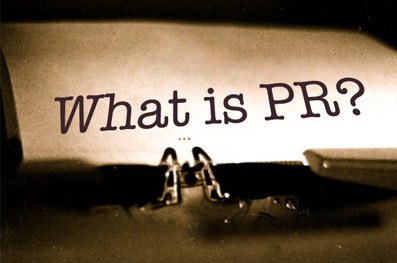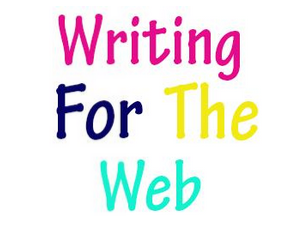As an aspiring public relations professional working in a student-owned PR agency for a year, I have received several questions from people such as “Is PR like advertising? Marketing?” or “So, do you meet celebrities a lot?” I don’t know where people get these ideas, but I am here to set the record straight. In reality, I spend most of my time at the office writing, pitching, managing social media, building websites, and editing photos behind the computer.
According to PR Daily, there are 10 common misconceptions about PR. The following are my top five myths about public relations.
- PR and advertising are identical.
While there are definitely crossovers between PR and advertising, they are not the same thing. Advertising is focused on consumers while public relations focuses on building relationships with publics. Take a look at the following infographic or read this article for more differences between PR and advertising.
- PR pros distort the truth.
People often think PR pros spin information toward the sunny side of things. However, I’ve learned that one of the most important things to remember while working in the PR field is “Don’t lie and be honest.” PR crises happen when a company starts to lie and to cover up the truth.PR pros are dedicated to telling the truth and building trust with clients and their publics.
- PR pros only care about media placement.
People often say PR is all about writing press releases. While writing and media coverage are still a huge part of public relations, PR pros nowadays use plenty of platforms such as social media, blogging, content marketing and search engine optimization (SEO) for storytelling.
- PR pros work 9-to-5 and spend most of that time at parties.
When you see PR pros on TV shows or movies, they spend quite a lot of time partying, shopping and drinking. But in reality most practitioners go in early and go home late at the end of day in order to complete tons of deadlines and meetings. PR is a lot of hard work that can’t be done at parties.
- PR pros get a lot of attention
I think this misconception is related to budding PR practitioners. Don’t get too excited about media coverage. What is being covered by the media is not you, but your clients. If you like the idea of helping your clients’ message be heard,which will get your clients paid and continue the working relationship you have with them, you’re fit to be in PR. It’s not about being seen; it’s about getting others seen.
by Jihyun Shin, online communications director






